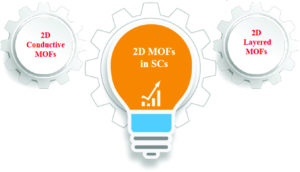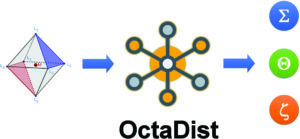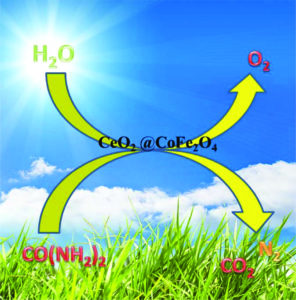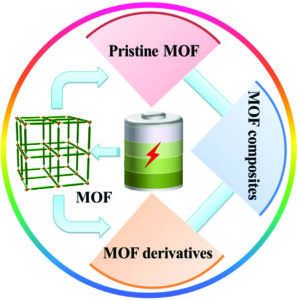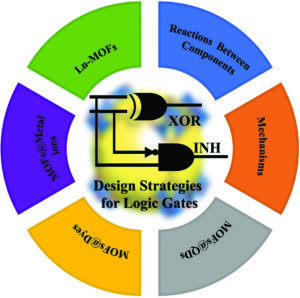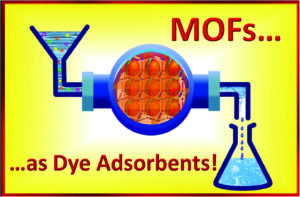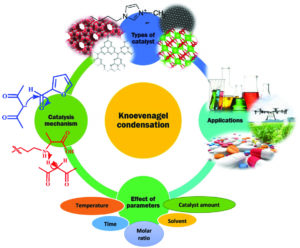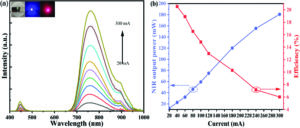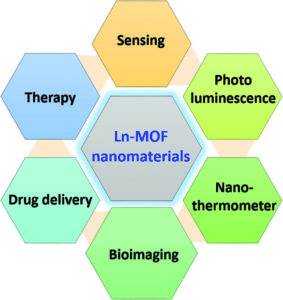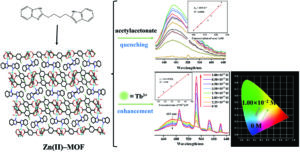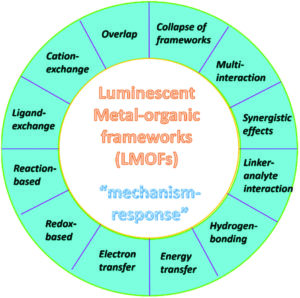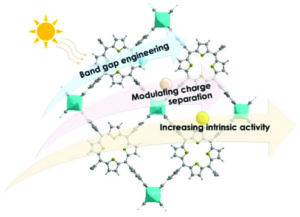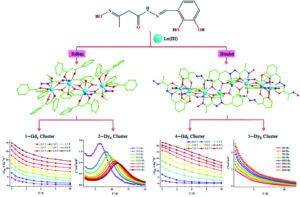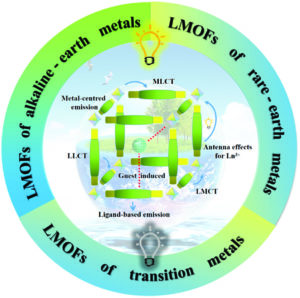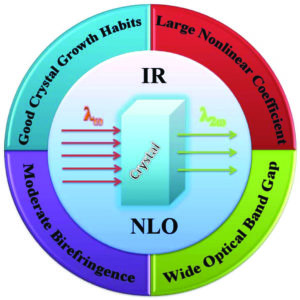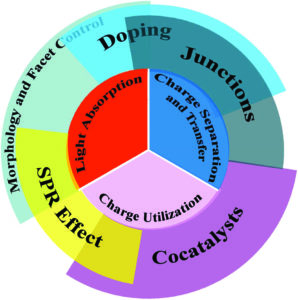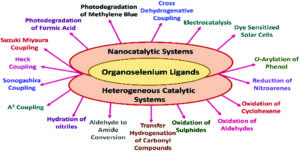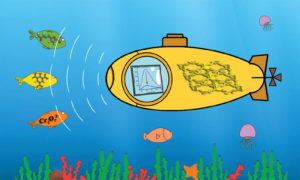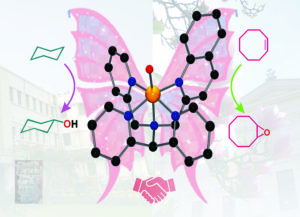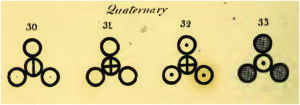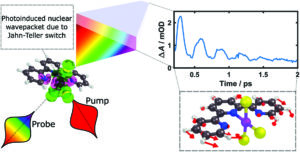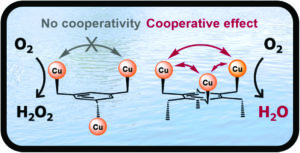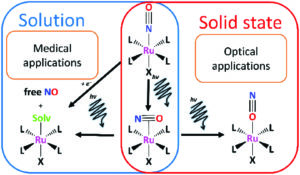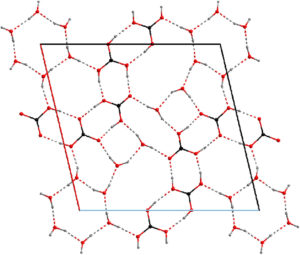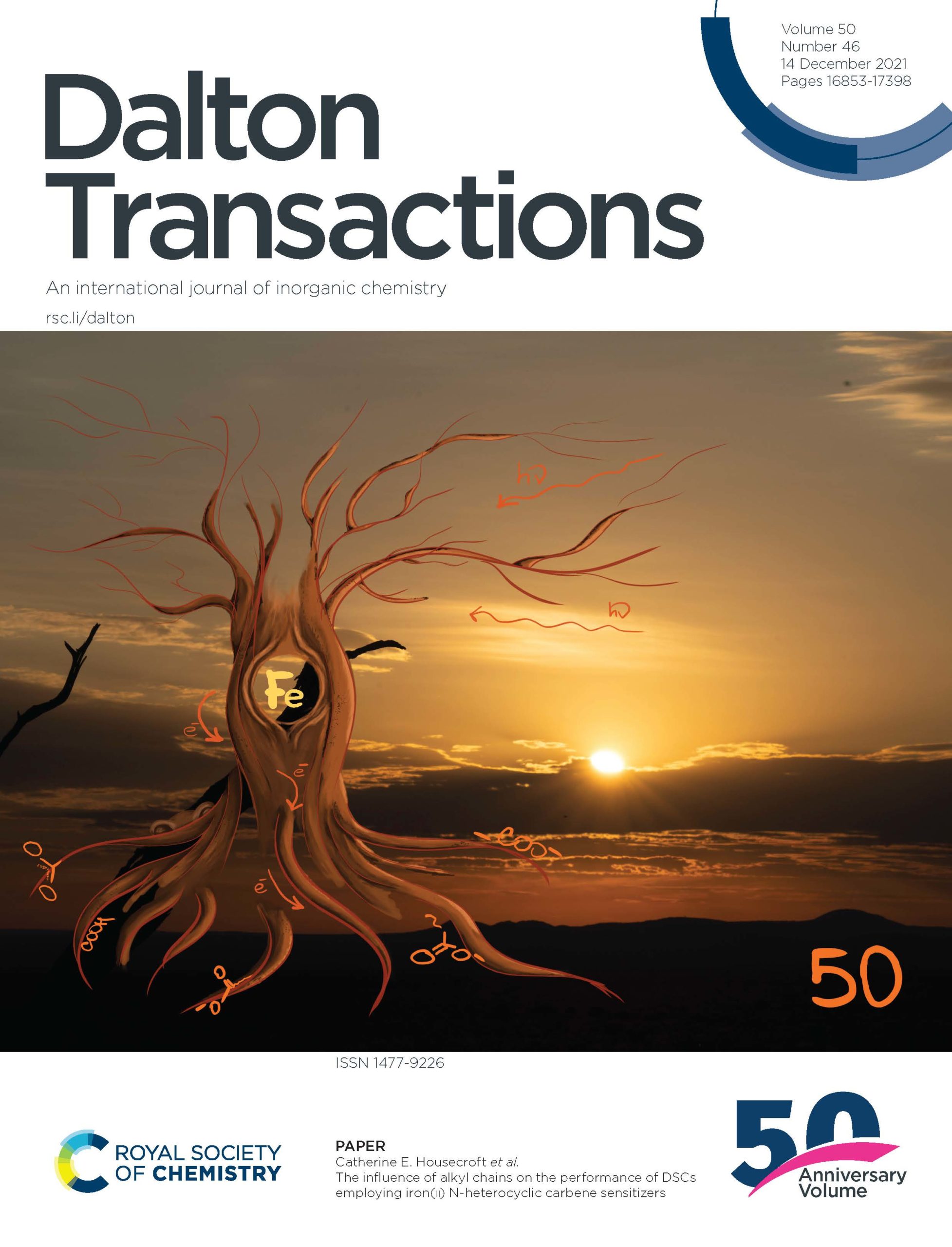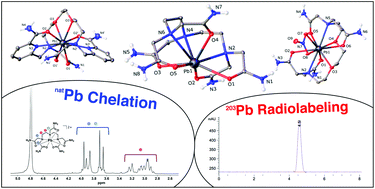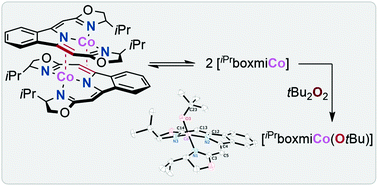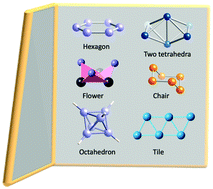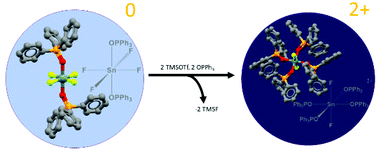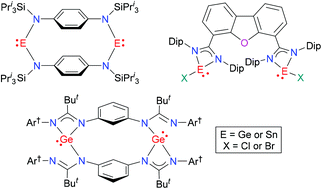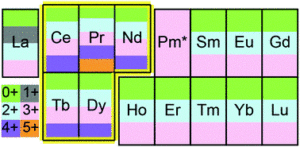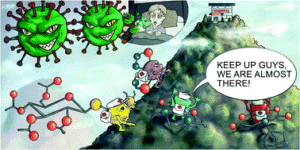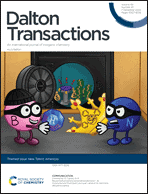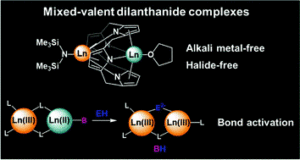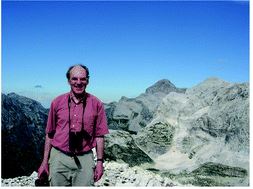This week’s issue is themed, focusing on Modern Coordination Chemistry to celebrate Professor Annie K Powell’s 60th birthday.
This issue of over 40 reports highlights emerging trends in modern coordination chemistry and serves to reflect the many diverse areas where Annie’s work has impacted upon the field of inorganic chemistry, including molecular magnetism, theoretical modelling, structure, spectroscopy, bioinorganic and supramolecular chemistry. To find out more about Annie, and the collection as a whole, read the Editorial from the guest editors of this issue: George E. Kostakis and Sally Brooker.
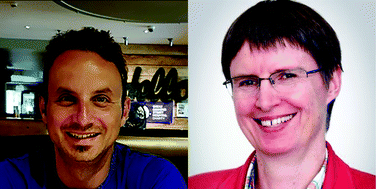
Read the full issue here
Browse selected articles:
Metal-supported and -assisted stereoselective cooperative photoredox catalysis
Jasmin Busch, Daniel M. Knoll, Christoph Zippel, Stefan Bräse and Claudia Bizzarri
Dalton Trans., 2019, 48, 15338-15357
DOI: 10.1039/C9DT02094B, Perspective
Recent developments in single-molecule toroics
Xiao-Lei Lia and Jinkui Tang
Dalton Trans., 2019, 48, 15358-15370
DOI: 10.1039/C9DT02113B, Perspective
Magnetic anisotropy in trigonal planar Fe(ii) bis(trimethylsilyl)amido complexes of the type [Fe{N(SiMe3)2}2L]—experiment and theory
Tilmann Bodenstein and Andreas Eichhöfer
Dalton Trans., 2019, 48, 15699-15712
DOI: 10.1039/C9DT01702J, Paper
Highly soluble fluorine containing Cu(i) AlkylPyrPhos TADF complexes
Jasmin M. Busch, Daniel M. Zink, Patrick Di Martino-Fumo, Florian R. Rehak, Pit Boden, Sophie Steiger, Olaf Fuhr, Martin Nieger, Wim Klopper, Markus Gerhards and Stefan Bräse
Dalton Trans., 2019, 48, 15687-15698
DOI: 10.1039/C9DT02447F, Paper
Correlating magnetic anisotropy with [Mo(CN)7]4− geometry of MnII–MoIII magnetic frameworks
Michał Magott, Kim R. Dunbar and Dawid Pinkowicz
Dalton Trans., 2019, 48, 15493-15500
DOI: 10.1039/C9DT02164G, Paper
High relaxation barrier in neodymium furoate-based field-induced SMMs
E. Bartolomé, A. Arauzo, J. Luzón, S. Melnic, S. Shova, D. Prodius, I. C. Nlebedim, F. Bartolomé and J. Bartolomé
Dalton Trans., 2019, 48, 15386-15396
DOI: 10.1039/C9DT02047K, Paper
Phosphine-functionalised tris(pyrazolyl)methane ligands and their mono- and heterobimetallic complexes
Hanna E. Wagner, Silvia Hohnstein, Max G. Schußmann, Lukas A. Steppe and Frank Breher
Dalton Trans., 2019, 48, 15397-15407
DOI: 10.1039/C9DT02057H, Paper

Submit your work to Dalton Transactions– Check our website for handy tips and guidelines or find out more about the benefits of publishing with the Royal Society of Chemistry.


